Buying an expensive piece of art can be a thrilling and rewarding experience, but it requires careful consideration and a bit of know-how. Whether you’re investing for personal enjoyment or as a financial asset, there are several factors to consider to ensure your purchase is a sound one. From understanding the artist’s background to evaluating the potential for appreciation, knowing what to look for can make all the difference. So, if you’re thinking about diving into the world of high-end art, here are 13 things you should know before making that big purchase.
1. Check the Artist’s Credibility
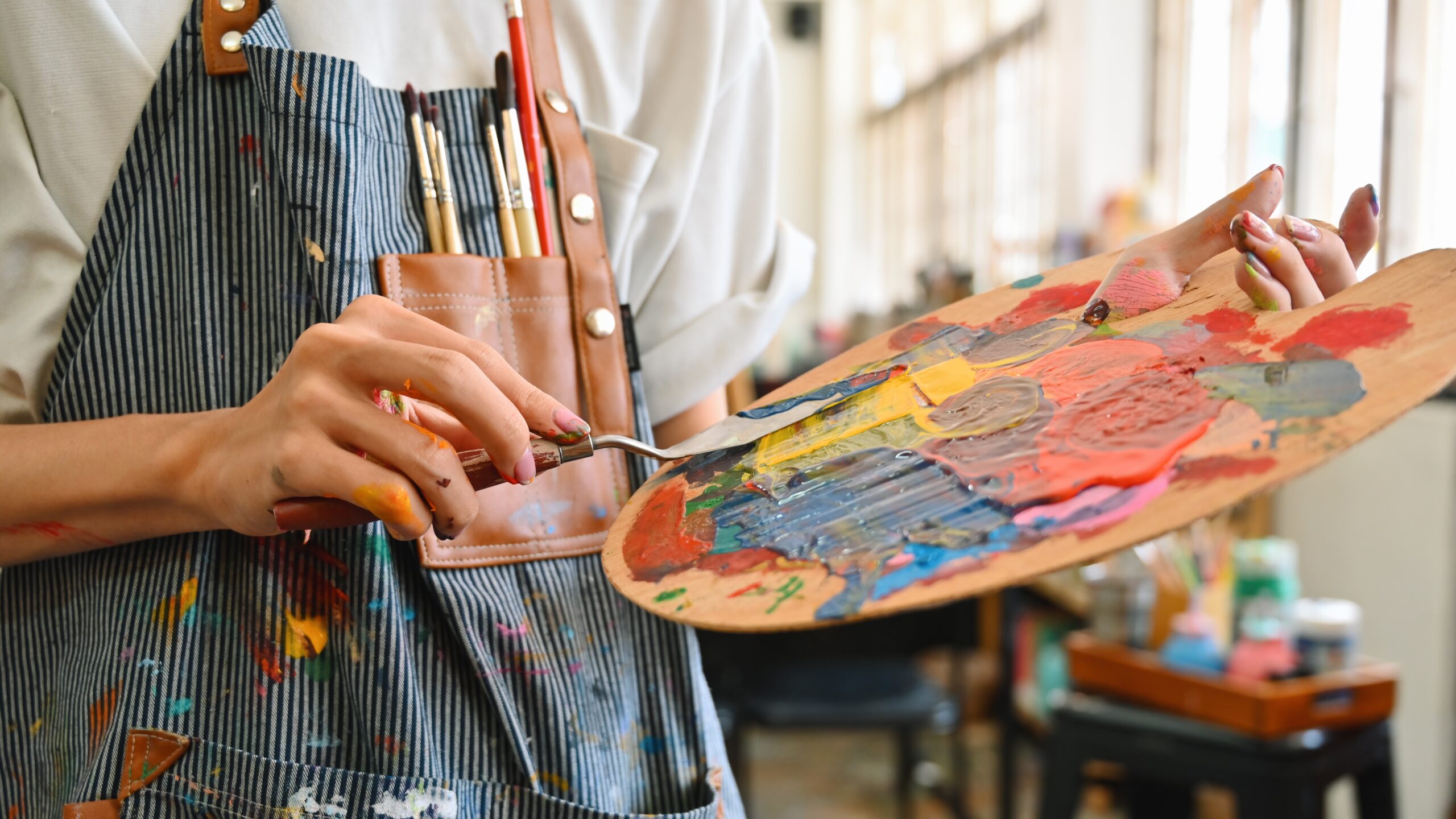
When considering an expensive piece of art, it’s crucial to assess the artist’s credibility and reputation. This includes looking into their history of exhibitions, awards, and critical acclaim. An artist with a strong track record is more likely to have a stable market value, which can be reassuring for first-time buyers. You can research their background by visiting art galleries, reading articles, and even attending art fairs. According to Artsy, an artist’s market is often influenced by their educational background, so it’s worth checking if they’ve attended a reputable art school.
In addition to formal achievements, consider the artist’s influence and presence within the art community. Are they frequently mentioned in art publications or featured in major galleries? These are indicators that the artist has a strong network and a respected position in the art world. This not only affects the current value of their work but also its potential future appreciation. Remember, an artist with a solid reputation tends to have a more predictable market trajectory, which can be a safer bet if you’re new to art collecting.
2. Understand the Art’s Provenance
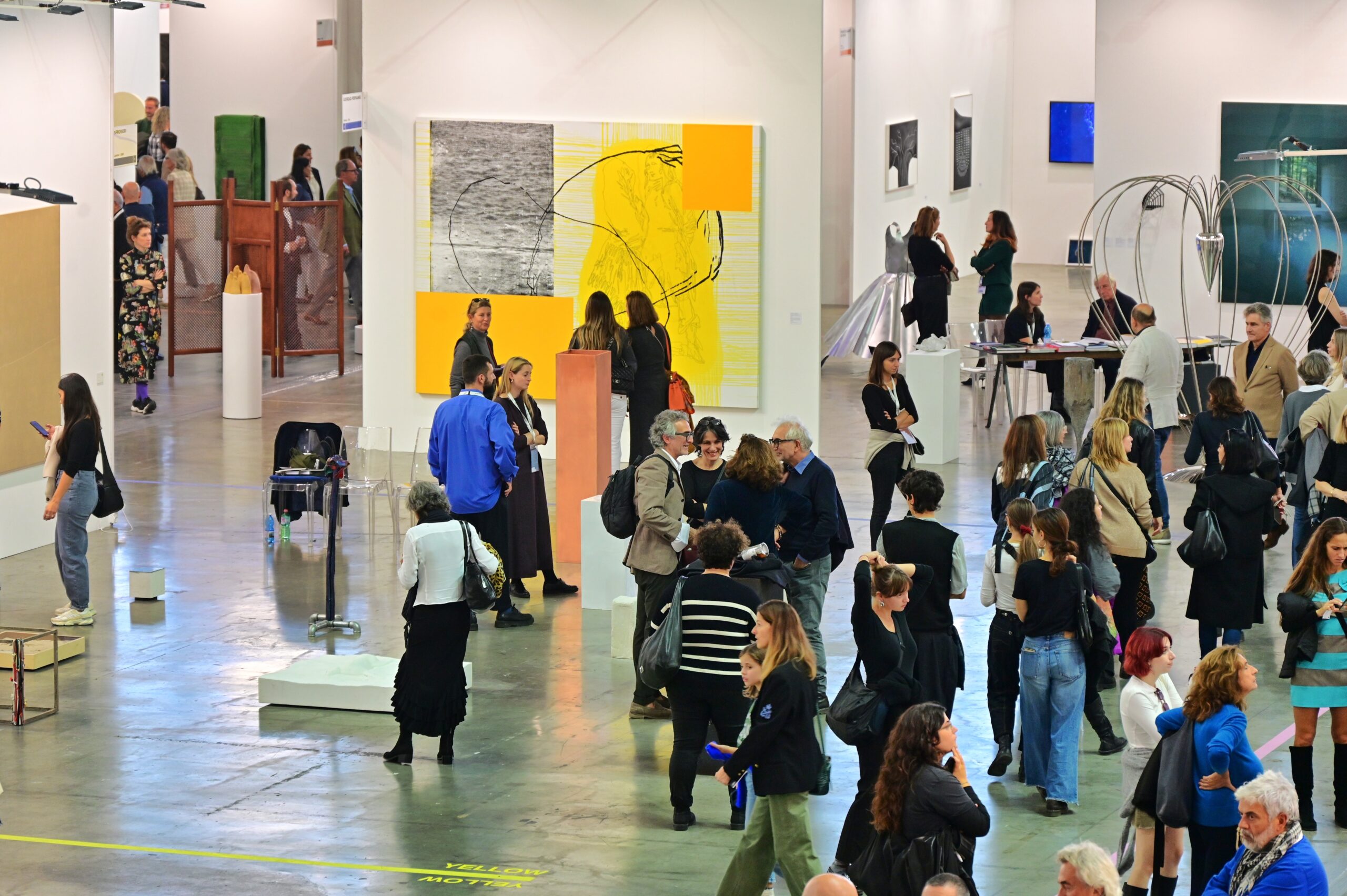
Provenance is essentially the history of ownership of a piece of art, and it’s an important factor to consider before making a purchase. Knowing where the piece has been and who has owned it can significantly affect its value. A well-documented provenance can provide assurance of authenticity and even enhance the artwork’s market value. It’s similar to having a paper trail for the piece, and this history can often be found in auction house records or gallery sales. According to The Art Newspaper, provenance can also reveal fascinating stories about a piece, adding to its allure.
A lack of provenance, however, can be a red flag, as it might indicate issues with authenticity or stolen art. Always ask for documentation and verify it through multiple sources if possible. If you’re buying from a gallery, inquire about the piece’s history and request any available records. This step not only protects your financial investment but also ensures you’re supporting ethical practices in the art world. Remember, a piece with a rich provenance is not just a purchase, but a piece of history you get to own.
3. Evaluate the Condition of the Art
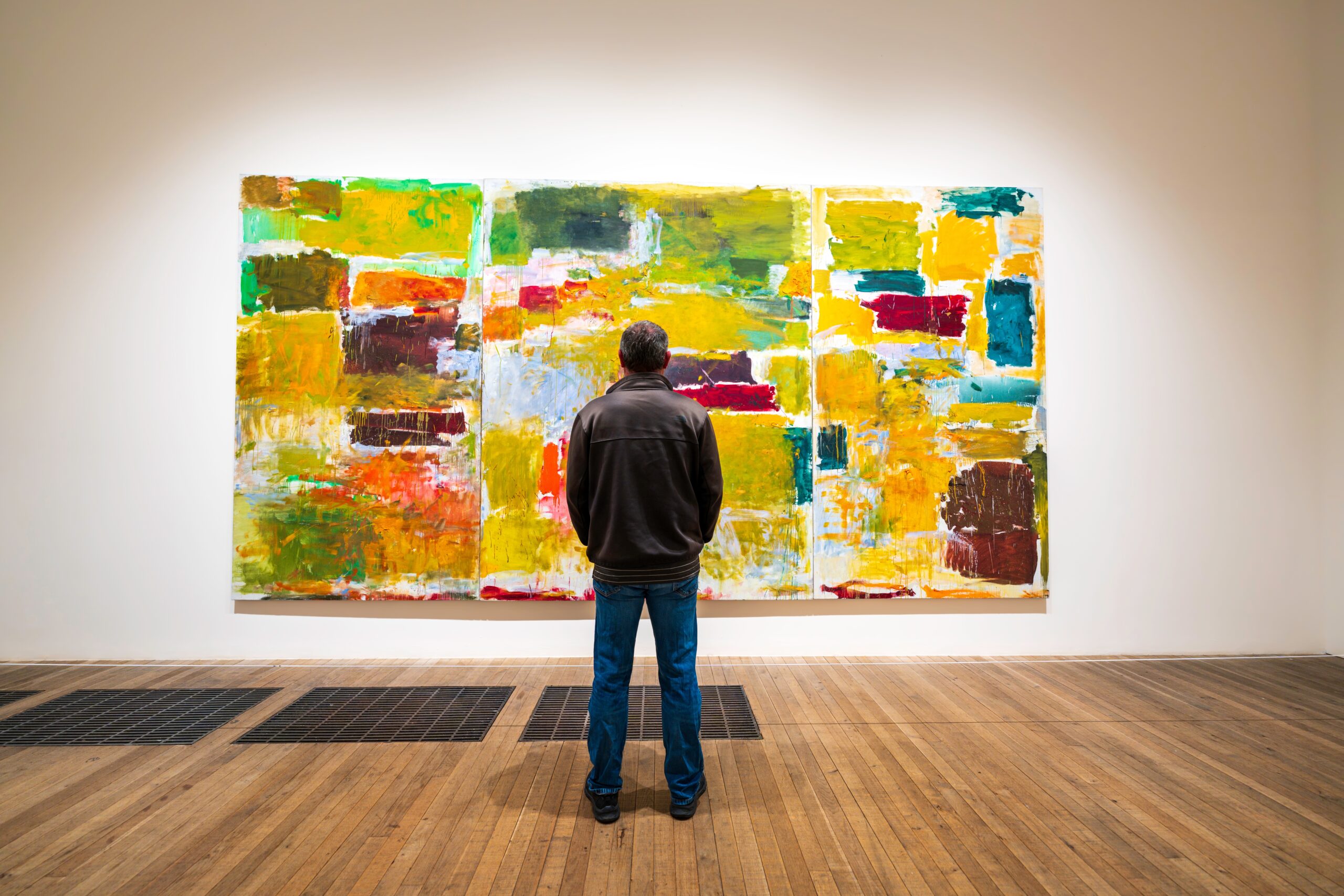
The physical condition of a piece of art is a critical factor in its valuation, and examining it closely is essential. Look for any damage such as tears, scratches, or fading, as these can significantly decrease its value. If possible, seek a professional appraisal to ascertain the condition accurately. Some damage can be repaired, while other issues might be more challenging to address. According to the American Institute for Conservation, conservation professionals can offer insights into whether a piece is in need of restoration and the potential costs involved.
Remember that imperfections can sometimes be part of an artwork’s charm, particularly in antiques. However, substantial damage that affects the integrity of the piece should be carefully considered in your decision-making process. Investing in art is not just about aesthetic appreciation; it’s also about maintaining the artwork’s condition over time. Consider the environment in which the art will be displayed, and ensure it is free from excessive sunlight, humidity, and other factors that could cause deterioration. Proper care will help preserve your investment for years to come.
4. Determine Your Personal Connection to the Piece
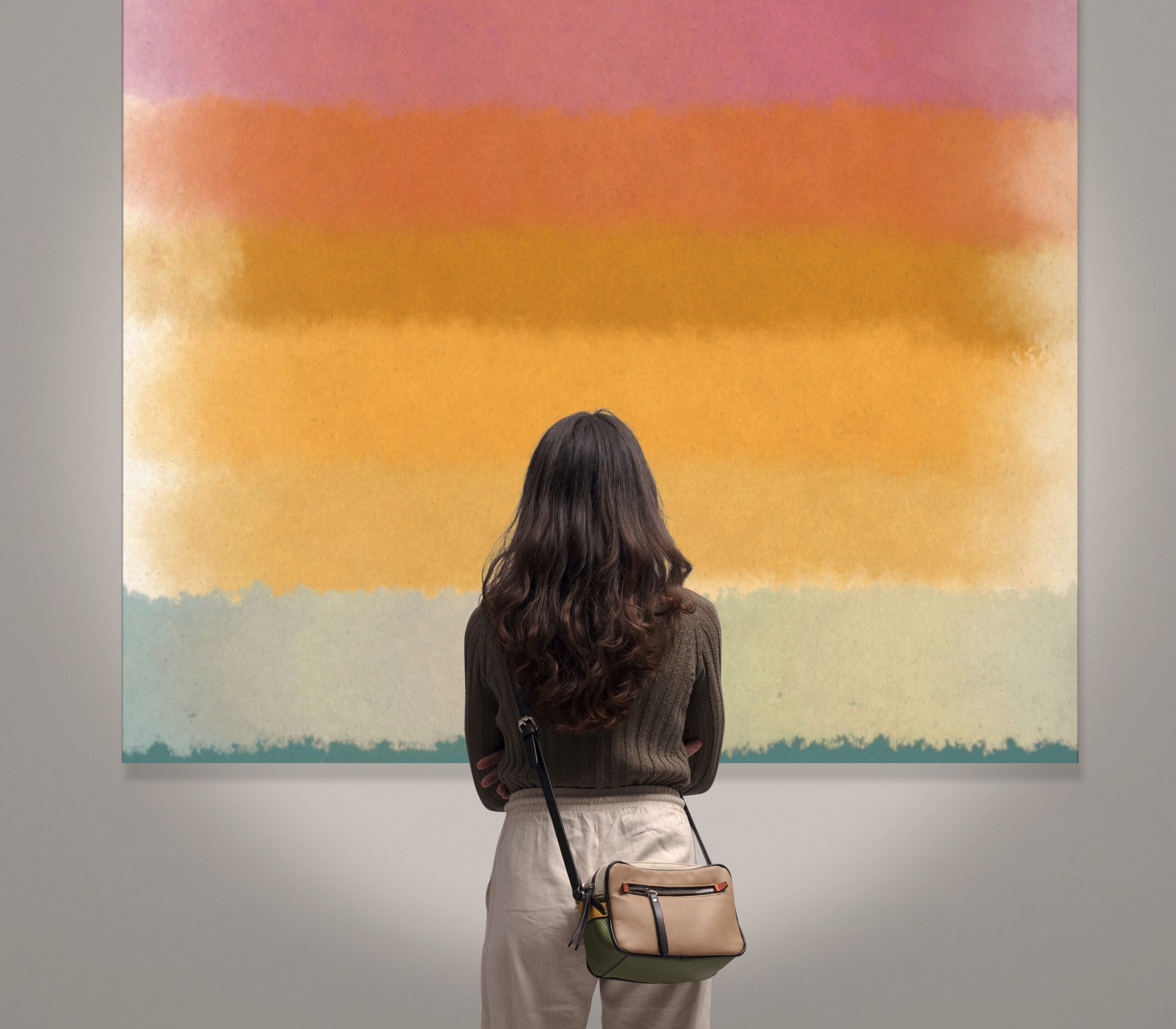
When purchasing an expensive piece of art, it’s essential to consider your personal connection to the work. Does the artwork resonate with you on a deeper level, beyond its monetary value? Art is not just an investment; it’s an expression of your personal taste and a reflection of who you are. Spend time with the piece, if possible, to determine if it’s something you can envision in your space long-term. This emotional connection can often outweigh financial considerations when it comes to appreciating your purchase.
It’s also worthwhile to consider how the piece fits into your existing collection or space. Does it complement your current aesthetic, or will it require a complete redesign of your living area? Art is a visual narrative that adds layers to your environment, so consider the story you want to tell. A strong personal connection to a piece can bring joy and satisfaction, making it a worthwhile investment for both the heart and wallet. After all, owning art is a deeply personal experience, and the right piece can enrich your life in unexpected ways.
5. Be Aware of Market Trends

Understanding current market trends can be invaluable when purchasing high-end art. Art markets can be volatile, with values fluctuating based on various factors such as economic conditions, cultural shifts, and changes in public taste. It’s helpful to keep abreast of these trends by reading art market reports, attending auctions, and staying informed through reputable art publications. Knowing what’s popular and what’s losing traction can guide your purchasing decisions, ensuring that you’re making an informed investment.
However, it’s important not to base your entire decision on trends alone. Trends can be fleeting, and what is popular today might not hold its value tomorrow. A balanced approach, combining trend awareness with personal preference and appreciation, can often yield the best results. Remember, art should ultimately speak to you and fit within your vision, regardless of market fads. By combining market knowledge with personal intuition, you’ll be better positioned to make a purchase that satisfies both your aesthetic desires and investment goals.
6. Set a Clear Budget

Before entering the art market, it’s crucial to establish a clear budget for your purchase. High-end art can vary dramatically in price, and having a set financial limit can help you avoid overspending. Be realistic about what you can afford and factor in additional costs such as taxes, shipping, and insurance. It’s also wise to leave some wiggle room in your budget for unexpected expenses that may arise during the buying process. Knowing your financial boundaries can prevent impulsive decisions and ensure a responsible investment.
In addition to setting a budget, consider the long-term financial implications of your purchase. While art can be a valuable asset, it’s important to remember that its value is not guaranteed to increase. Plan for the possibility of holding onto the piece for an extended period, and be prepared for market fluctuations. Having a clear financial strategy in place can help you make a purchase that aligns with your overall financial goals. By balancing your budget with your aesthetic desires, you can enjoy your art collection without financial stress.
7. Research the Gallery or Seller

When buying an expensive piece of art, it’s essential to research the gallery or seller from whom you’re purchasing. Reputable galleries and sellers will provide documentation, provenance, and a history of the piece, ensuring transparency in the transaction. Investigate their reputation by reading reviews, speaking with previous clients, and verifying their standing within the art community. A trustworthy seller will be open and honest about the artwork and any associated conditions, enhancing the security of your investment.
Additionally, understanding the philosophy and specialty of a gallery can inform your buying decision. Some galleries focus on emerging artists, while others may specialize in more established names. Knowing the gallery’s niche can provide insights into the potential growth of your investment. Building a relationship with a reputable gallery not only ensures a smoother buying process but also offers opportunities for future acquisitions. A reliable gallery or seller will be a valuable resource in navigating the complexities of the art market, providing guidance and support throughout your collecting journey.
8. Consider the Art’s Potential for Appreciation

While buying art for its beauty and emotional connection is significant, considering its potential for appreciation can add another layer to your investment decision. Research the artist’s market performance, looking for indicators of growth and stability. Study recent auction results, gallery sales, and industry reports to understand the trajectory of the artist’s work. Artists with consistent demand and a solid track record tend to have a better chance of appreciation over time. That said, remember that art valuation can be unpredictable and influenced by various external factors.
Diversifying your collection by investing in both established and emerging artists can balance potential risks and rewards. Emerging artists may offer more room for appreciation, while established artists provide stability. However, betting solely on appreciation can be risky, as the art market is not immune to downturns and shifts in cultural interest. A balanced approach, combining enjoyment of the artwork with a mindful eye on its financial potential, can enhance your collecting experience. Ultimately, investing in art should be a satisfying endeavor that brings fulfillment beyond monetary gain.
9. Seek Expert Opinions
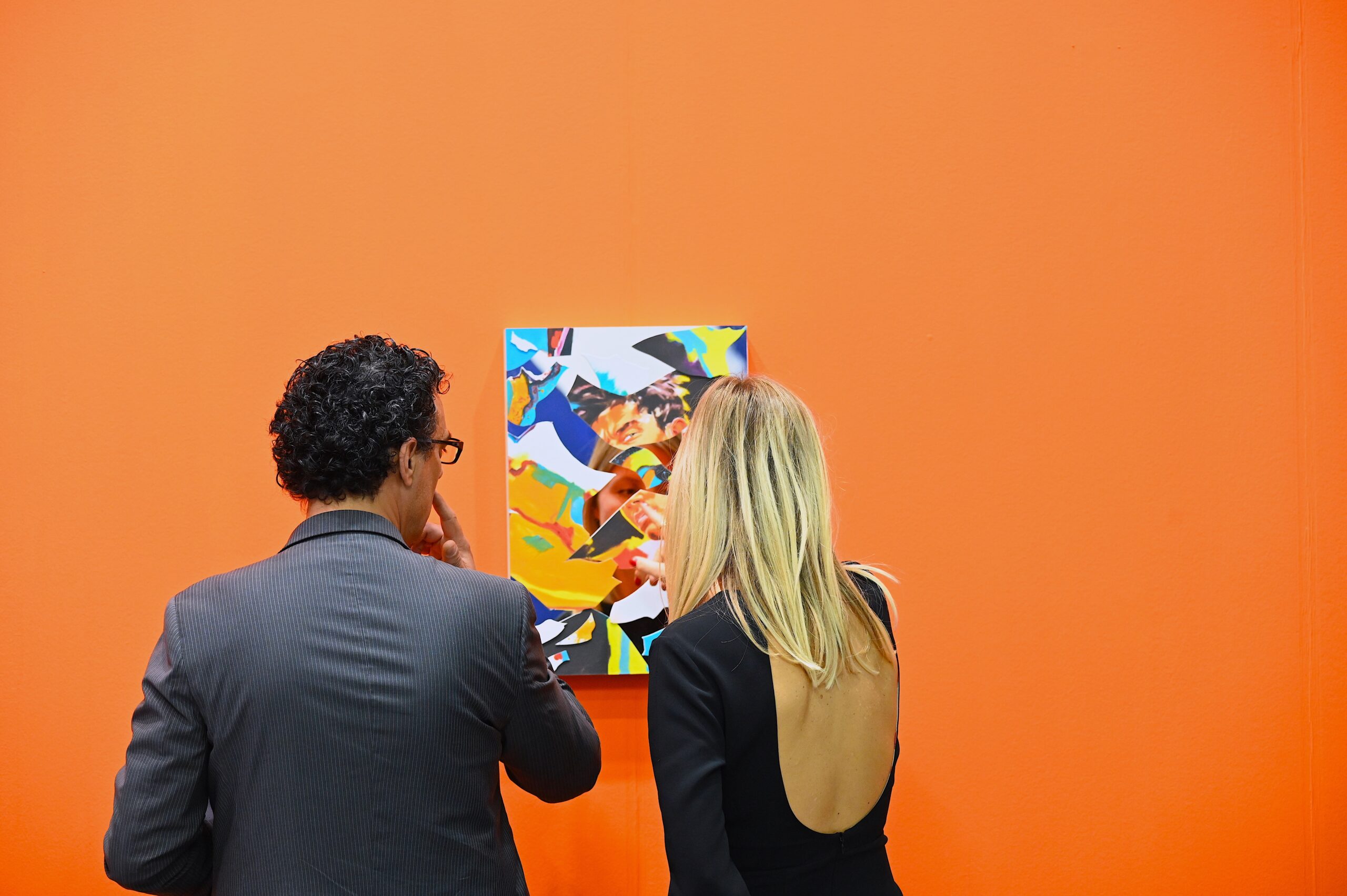
When contemplating a significant art purchase, seeking expert opinions can provide valuable insights and reassurance. Art consultants, appraisers, and curators have specialized knowledge and experience that can help you navigate the complexities of the art market. They can offer advice on the authenticity and value of a piece, as well as the reputation of the artist and gallery. Consulting experts can also assist with negotiation, ensuring you receive a fair price for your investment. Sometimes, an objective perspective can reveal aspects of the piece you might have overlooked.
In addition to professional advice, consider seeking opinions from fellow collectors or individuals with experience in the art community. Their experiences and insights can offer practical advice and cautionary tales, helping you avoid common pitfalls. Building a network of trusted advisors and peers can enhance your collecting experience, providing support and guidance as you navigate the art world. By combining expert opinions with your personal research and intuition, you’ll be better equipped to make informed and satisfying art purchases.
10. Consider the Impact of Framing and Display
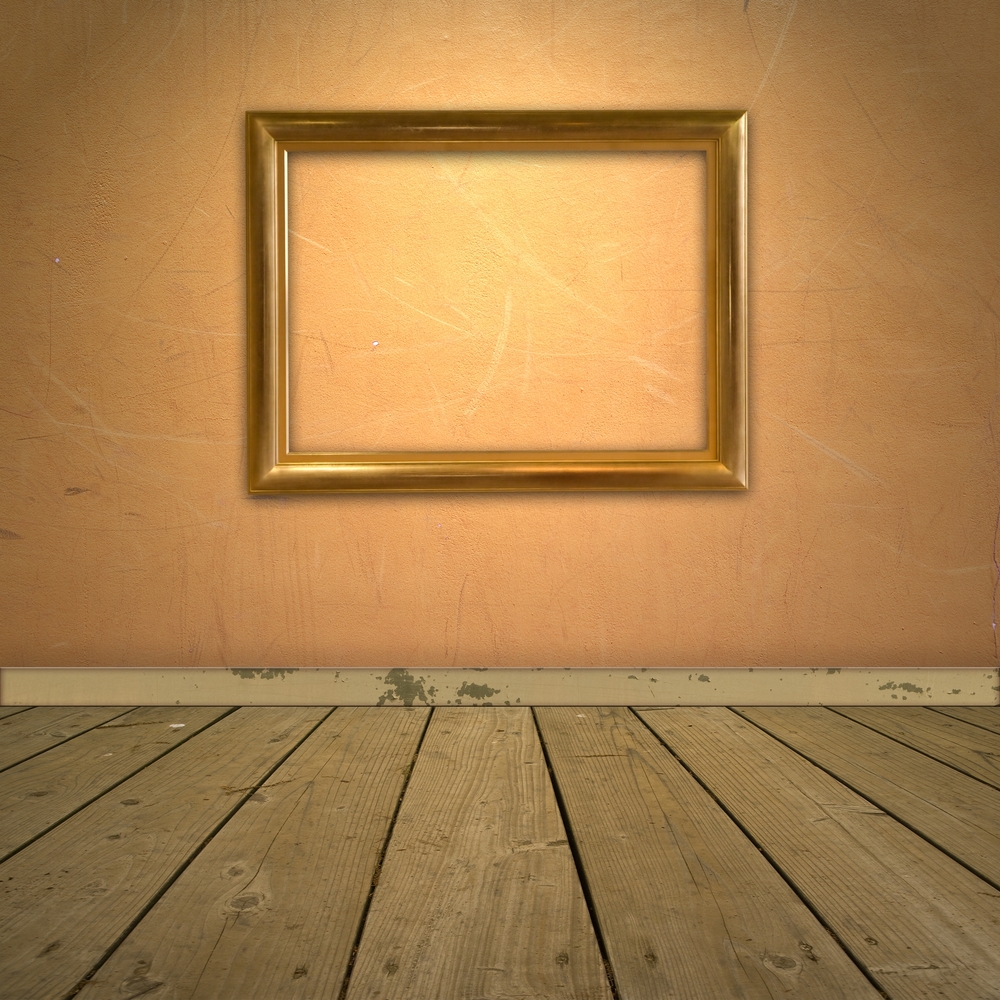
The way a piece of art is framed and displayed can significantly affect its appearance and value. A well-chosen frame can enhance the artwork, complementing its colors and style, while a poor choice can detract from its impact. Consider the environment in which the art will be displayed, ensuring that the lighting and space highlight the piece effectively. Proper display not only enhances the aesthetic appeal of your collection but also protects the artwork from damage and deterioration.
In addition to aesthetics, consider the practical aspects of framing and display. High-quality materials and UV-protective glass can prevent damage from sunlight and environmental factors. Consult with professional framers to choose the best options for preserving your investment. Remember, the display of your art is an extension of your personal style, so take the time to create an environment that showcases your collection beautifully. By paying attention to framing and display, you can ensure your art remains a cherished and well-preserved part of your home.
11. Plan for Insurance and Security

Once you’ve invested in an expensive piece of art, it’s crucial to protect your asset through insurance and security measures. Art insurance covers loss, theft, or damage, providing peace of mind and financial protection. Work with a reputable insurance provider to tailor a policy that suits your collection, accounting for its value and specific risks. Regular appraisals and updates to your policy ensure that your coverage remains adequate over time. Properly insured, you can enjoy your art with the confidence that it’s protected against unforeseen events.
In addition to insurance, consider the security of your artwork within your home or storage space. Install security systems, including alarms and cameras, to deter theft and monitor your collection. Consider professional art storage facilities for high-value pieces, ensuring optimal conditions and protection. Regularly review your security measures, adapting to any changes in your collection or living situation. By prioritizing insurance and security, you’ll safeguard your investment and ensure your art remains an enduring source of enjoyment.
12. Understand the Legal Aspects of Art Ownership
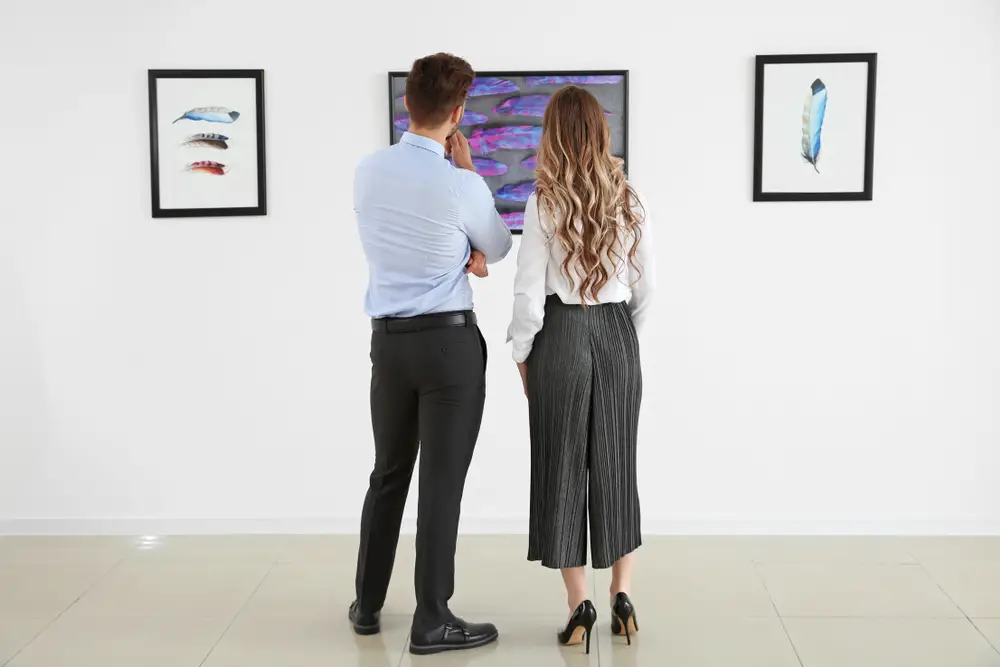
When purchasing art, it’s essential to understand the legal aspects of ownership, including contracts, taxes, and import/export regulations. Ensure that all transactions are documented with clear contracts outlining the terms of sale, provenance, and any warranties. Familiarize yourself with applicable taxes, such as sales tax or import duties, which can affect the overall cost of your purchase. Consulting with legal professionals who specialize in art law can provide clarity and guidance, ensuring compliance with regulations and protecting your rights as an owner.
In addition to legal considerations, be aware of any restrictions or obligations associated with your purchase. Some artworks may have reproduction rights or exhibition limitations, affecting how you can use or display the piece. Understanding these conditions is crucial to ensuring a smooth ownership experience. By addressing the legal aspects of art ownership, you’ll protect your investment and avoid potential disputes or complications. With a clear understanding of your rights and responsibilities, you can fully enjoy your art collection with confidence.
13. Be Prepared for Emotional Investment
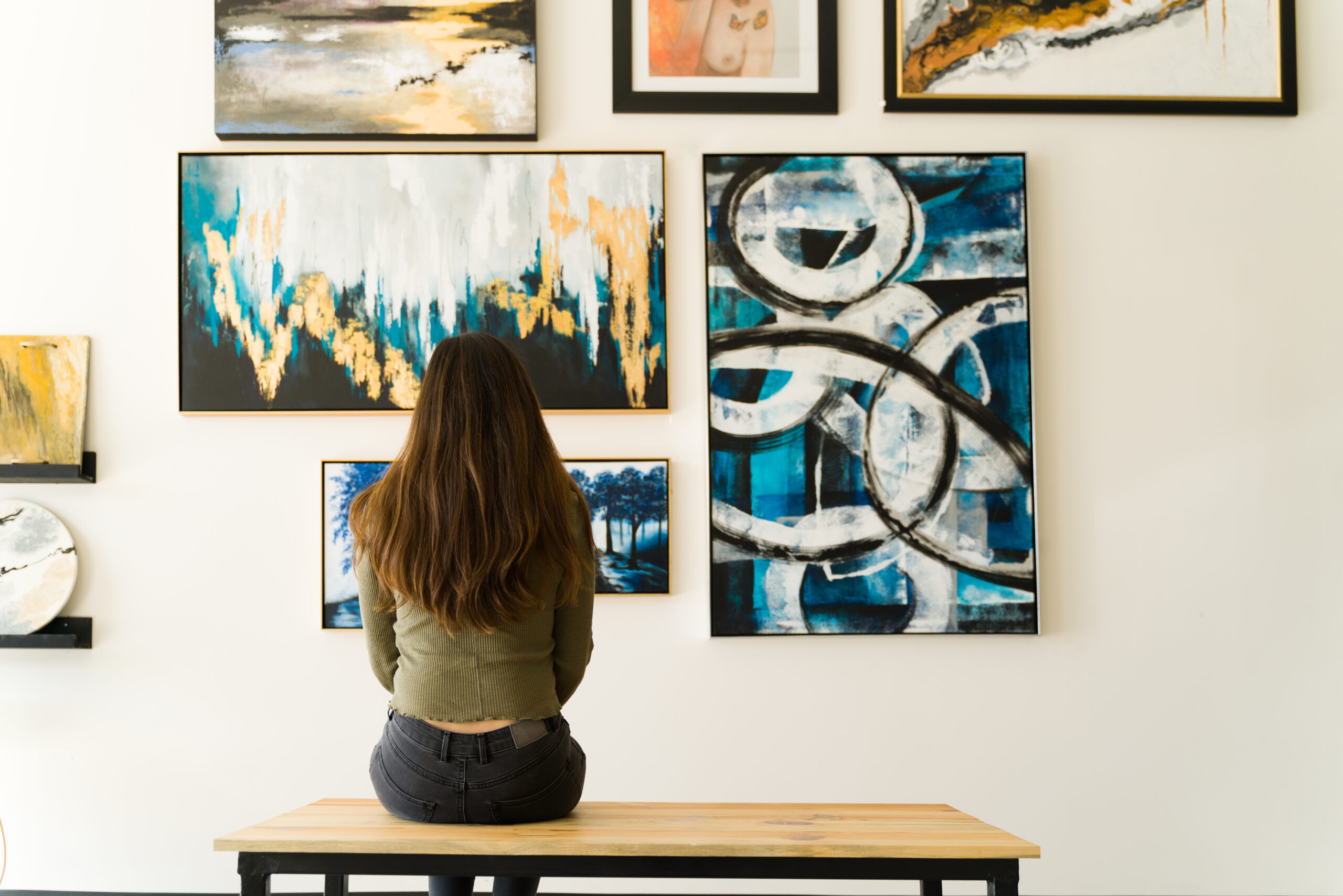
Purchasing an expensive piece of art often involves not only a financial commitment but also an emotional one. Art has the power to evoke strong feelings, and your connection to a piece can influence your enjoyment and attachment to it. Be prepared to experience a mix of emotions, from the thrill of acquisition to the responsibility of ownership. Embrace the journey of collecting, recognizing that art ownership is a dynamic and evolving experience. The emotional investment in your collection can bring profound satisfaction and enrichment to your life.
However, it’s important to balance emotional investment with practical considerations. While art can evoke deep connections, it’s essential to remain objective about its value and condition. Avoid letting emotions cloud your judgment during the purchasing process, ensuring that your decisions are informed and rational. By balancing emotion with practicality, you’ll create a collection that brings joy and fulfillment without compromising your financial or personal well-being. Your art collection becomes more than just a financial investment—it’s a source of inspiration and a reflection of your unique journey.
This article is for informational purposes only and should not be construed as financial advice. Consult a financial professional before making investment or other financial decisions. The author and publisher make no warranties of any kind.








